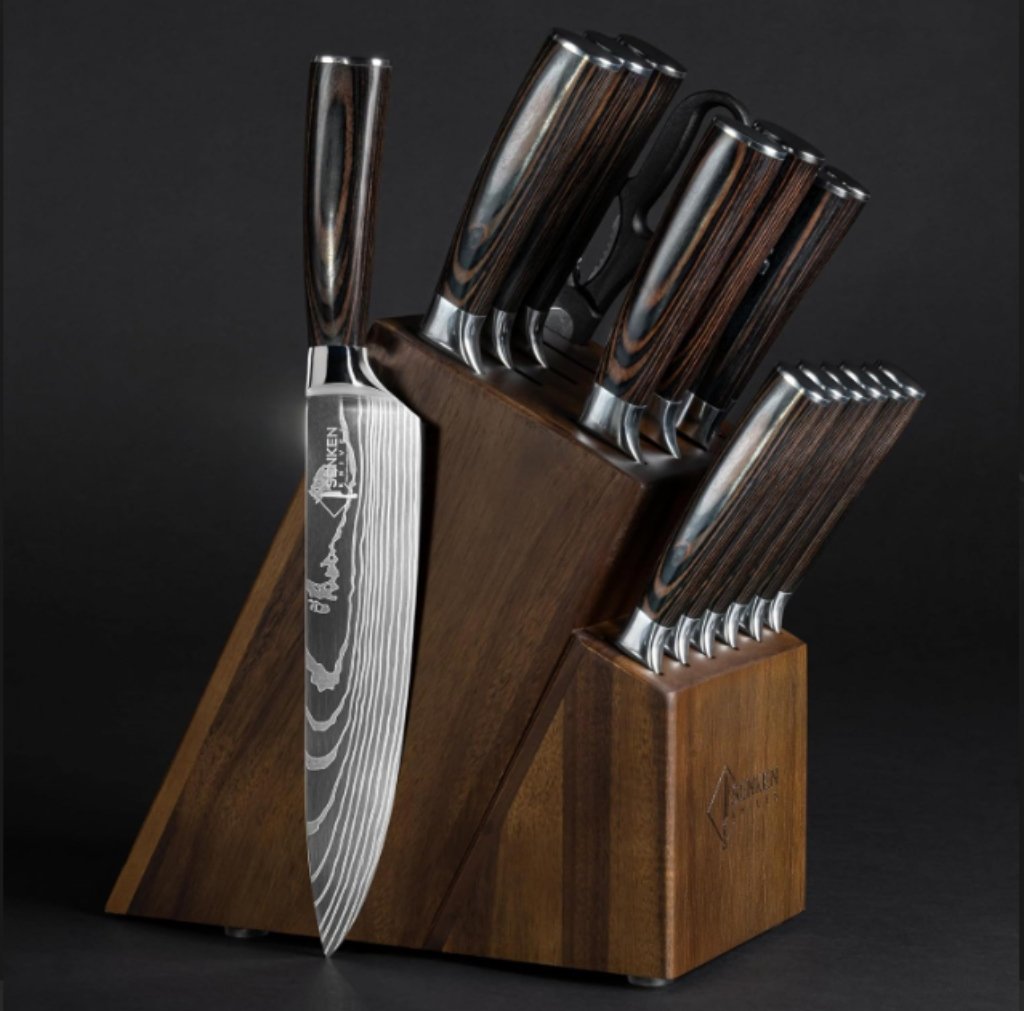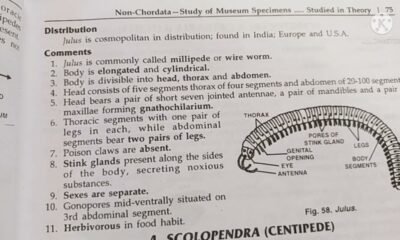Blog
Do you still need a boning knife in the kitchen?

A well-stocked kitchen is a cook’s sanctuary. From the sturdy chef’s knife that handles daily chopping to the delicate paring knife for intricate tasks, each tool has its place. But as culinary trends evolve and pre-packaged ingredients become more common, some specialty knives get pushed to the back of the drawer. One such tool is the boning knife. With its slender, sharp blade, it was once a staple for any serious cook. But do you still need one today?
This guide will explore the boning knife’s purpose, its unique advantages, and whether it still deserves a spot in your kitchen knife set. We’ll examine its core functions, compare it to modern alternatives, and help you decide if this specialized tool can elevate your cooking game. For home cooks and culinary enthusiasts looking to refine their skills, understanding the role of a boning knife is a step toward greater confidence and precision in the kitchen.
What is a Boning Knife For?
At its heart, a boning knife is designed for one primary purpose: to separate meat from bone. Its thin, narrow blade is crafted to navigate the complex curves and angles of animal anatomy with minimal waste. Whether you’re deboning a whole chicken, trimming a rack of lamb, or filleting a fish, this is the tool for the job.
The precision offered by a boning knife is unmatched by other kitchen knives. A standard chef’s knife, for example, is too wide and rigid to maneuver cleanly around joints and through connective tissue. Using the wrong knife often results in hacking away at the meat, leaving valuable portions behind and creating a messy final product. A boning knife allows for smooth, clean cuts, preserving the integrity of the meat and ensuring you get the most out of your ingredients.
The Advantages of Using a Boning Knife
Why reach for a boning knife when you could try to make do with another blade? The benefits come down to precision, control, and efficiency.
- Superior Maneuverability: The slim profile of a boning knife allows it to glide effortlessly around bones and through joints. This gives you the control needed to follow the natural contours of the meat, which is nearly impossible with a bulkier knife.
- Reduced Waste :When you buy a whole chicken or a large cut of meat, you’re often paying a premium for the bone and fat. A boning knife helps you maximize your investment by allowing you to remove every last bit of usable meat. This is not only cost-effective but also a more sustainable way to cook.
- Improved Safety :Using the right tool for the job is always safer. A boning knife’s design provides better control, reducing the risk of the blade slipping and causing an injury. Trying to force a chef’s knife through a tight joint is a recipe for disaster.
- Versatility in Trimming :Beyond deboning, this knife is excellent for trimming fat, removing silverskin from tenderloins, and filleting fish. Its sharp, pointed tip is perfect for making initial piercing cuts and getting into tight spaces.
Types of Boning Knives
Not all boning knives are the same. They typically vary in flexibility and blade shape, with each design suited for different tasks. Understanding these differences is key to choosing the right tool for your kitchen knife set.
Flexible vs. Stiff Blades
- Flexible Boning Knife: A flexible blade is ideal for delicate work, like deboning poultry and filleting fish. The blade can bend to follow the fine bone structure of a fish or the ribcage of a chicken, ensuring you leave as little meat behind as possible. If you frequently work with smaller, more intricate cuts, a flexible Japanese knife like those from Sakuto Knives offers incredible precision.
- Stiff Boning Knife: A stiff blade provides more power and is better suited for tougher cuts of meat like beef, pork, and lamb. The rigid blade won’t bend under pressure, making it easier to cut through thick cartilage and dense muscle. This type is perfect for breaking down large roasts or portioning a pork shoulder.
Curved vs. Straight Blades
- Curved Boning Knife: Many boning knives feature a gentle upward curve. This design helps create a long, clean slice in a single pass, which is perfect for removing silverskin or separating a large muscle from the bone. The curve allows you to maintain contact with the meat while using a smooth, sweeping motion.
- Straight Boning Knife :A straight blade is excellent for piercing and precision cuts. The pointed tip makes it easy to get into tight spots and work around smaller bones. It’s a versatile choice for general-purpose deboning and trimming.
Do Modern Alternatives Make the Boning Knife Obsolete?
With the rise of pre-portioned meats and deboned cuts available at every supermarket, some argue that the boning knife is no longer essential. Why spend time deboning a chicken when you can buy boneless, skinless breasts? While convenience is a valid point, there are compelling reasons why a boning knife remains relevant.
Purchasing whole cuts is almost always more economical. A whole chicken, for instance, costs significantly less per pound than pre-cut pieces. By learning to break it down yourself, you not only save money but also gain valuable bones for making flavorful stocks and broths. Furthermore, butchering your own meat gives you complete control over the size and shape of your cuts, allowing for greater culinary creativity.
While a utility knife or even a slender filleting knife can perform some of the same functions, they lack the specific combination of strength, flexibility, and maneuverability that defines a true boning knife. A dedicated filleting knife is often too flexible for red meat, while a utility knife may not have the length or shape to handle larger deboning tasks efficiently.
What the Experts Say
Professional chefs overwhelmingly agree that a boning knife is an indispensable tool. Chef Michael Antonorsi, founder of Chuao Chocolatier, notes that a boning knife’s “flexibility and sharp point allow you to get into nooks and crannies that other knives can’t.” This sentiment is echoed across professional kitchens, where efficiency and minimizing waste are paramount.
For the home cook, the value is just as significant. Mastering the use of a boning knife is a skill that elevates your cooking. It opens up a new world of culinary possibilities, from preparing a classic French chicken ballotine to perfectly trimming a brisket for your smoker. Owning and using quality Japanese knives like those in a Sakuto Knives set instills a sense of pride and connection to the food you prepare.
A Cut Above the Rest
So, do you still need a boning knife? If you’re a cook who values quality, wants to save money, and is eager to expand your culinary skills, the answer is a resounding yes. While you might not use it every day, a boning knife is a specialist tool that performs its job with unparalleled precision and efficiency.
The convenience of pre-cut meat can’t replace the satisfaction and cost savings of butchering your own cuts. By adding a high-quality boning knife to your collection, you’re not just buying another piece of metal; you’re investing in your ability to create better, more thoughtful meals. It empowers you to take control of your ingredients from start to finish, turning a simple task into an act of culinary craftsmanship.
Ready to add this essential tool to your arsenal? Explore our collection of premium kitchen knives and find the perfect boning knife to complete your set.

 Blog6 months ago
Blog6 months ago[PPT] Human Reproduction Class 12 Notes
- Blog6 months ago
Contribution of Indian Phycologists (4 Famous Algologist)
- Blog6 months ago
PG TRB Botany Study Material PDF Free Download

 Blog6 months ago
Blog6 months agoCell The Unit of Life Complete Notes | Class 11 & NEET Free Notes

 Blog6 months ago
Blog6 months ago[PPT] The living world Class 11 Notes

 Blog6 months ago
Blog6 months agoJulus General Characteristics | Free Biology Notes

 Blog6 months ago
Blog6 months agoClassification of Algae By Fritsch (11 Classes of Algae)

 Entertainment6 months ago
Entertainment6 months agoIbomma Bappam: Redefines Telugu Streaming Trend













